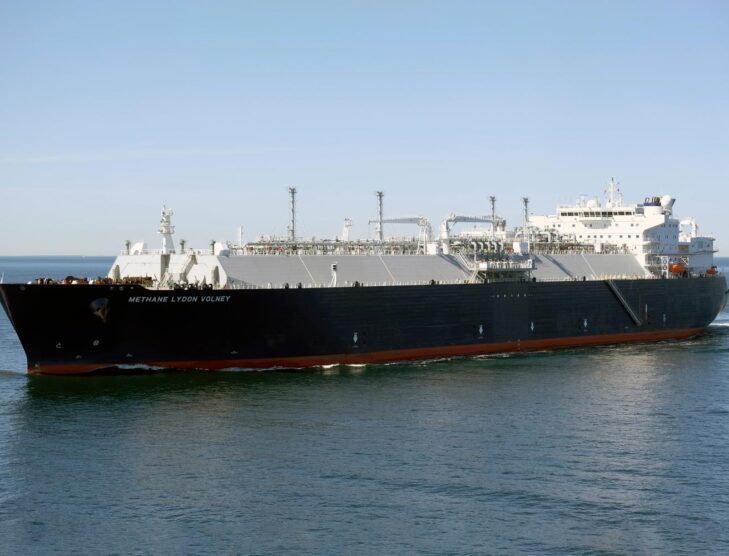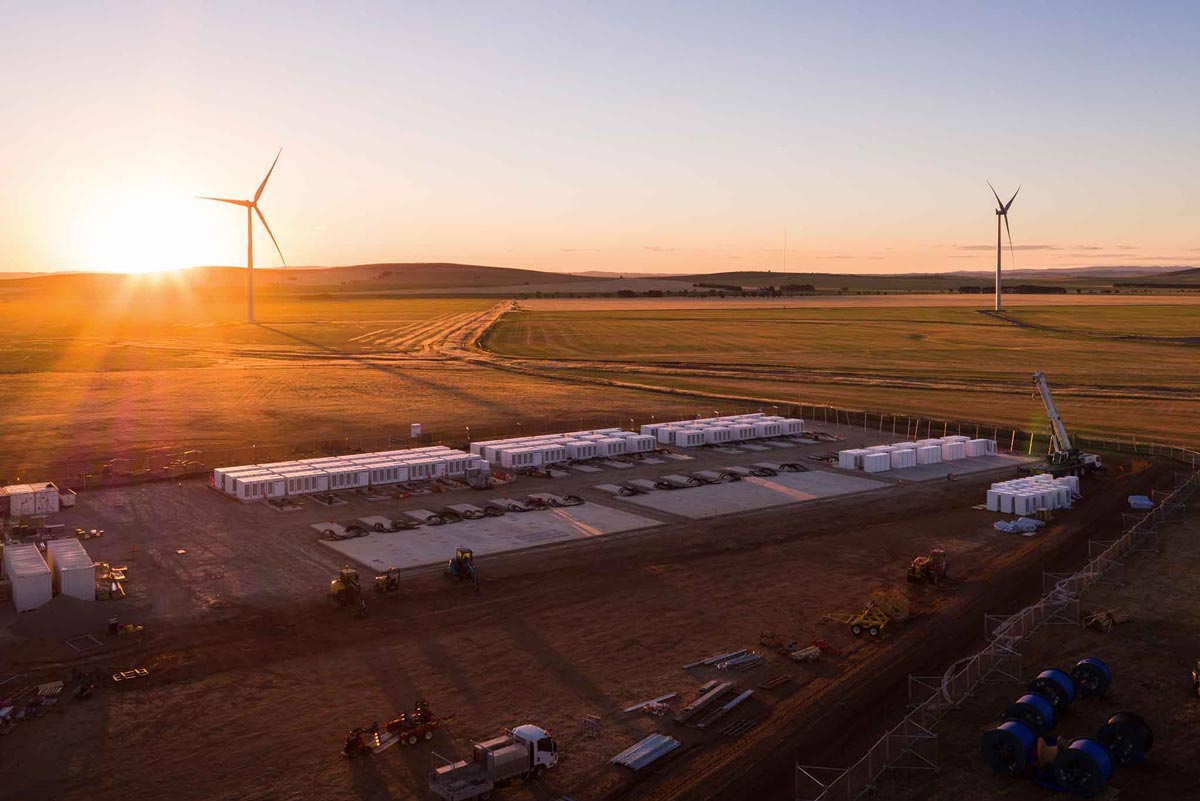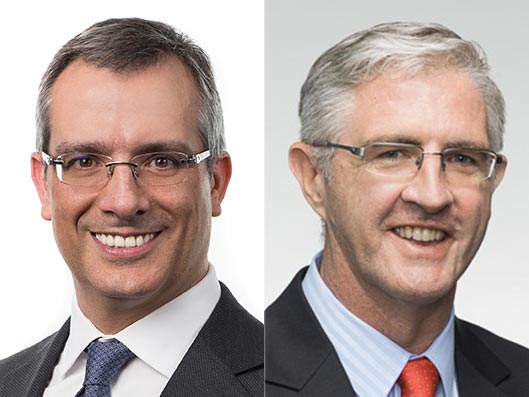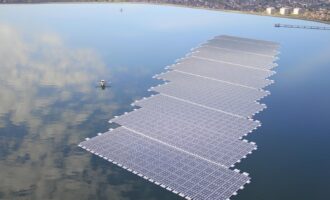
Gas markets in Asia to lead global recovery trends
The Covid-19 pandemic has shaken the very foundations of our global economy. It has battered an already oversupplied energy market with demand, price, and supply shocks. Lockdowns have resulted in unparalleled impacts on energy requirements and disruptions to trade flows that have caused extreme price volatility. Force majeure notices and cargo deferments have been actioned by many buyers, says Frederic Barnaud, Pavilion Energy Group chief executive officer.
The International Energy Agency (IEA) estimates that primary energy demand in 2020 may decline by 5% compared to 2019. Energy investments have been projected to contract by 18% by the end of a calamitous 2020.
Speaking during the recent Singapore International Energy Week (SIEW), held in a new hybrid format that combined onsite events with online streaming, Barnaud asserted that extreme pressures of the pandemic had left the global energy market “buckled, but not broken.” During a session on Transitioning to our low carbon energy future, Barnaud noted the resilience of the Singapore market. Against a challenging backdrop, the Singapore energy market has remained well balanced and robust, he says. Pavilion Energy Group is a global energy provider which promotes liquefied natural gas (LNG) and natural gas as fuels of choice.
As we awake from this Covid-19 hangover, the energy transition is increasingly urgent. We must tackle climate change now. “No more status quo, no more excuses,” says Barnaud. The Pavilion Energy executive told SIEW delegates he is encouraged that major producers of fossil fuels are now embracing the challenge, and many of the world’s leaders have finally put the environment on top of their agenda.
Asia, which is expected to drive most of the world’s future energy demand, has already started its economic recovery trajectory with a heightened focus on energy transition. China’s leader, Xi Jinping, has committed to reaching carbon neutrality by 2060. China, which currently produces 28% of the world’s emissions, plans to add another 800 to 1,000 gigawatts (GW) of renewable energy capacity by 2030 as it pursues this ambitious target. India has also made positive progress. Share of renewables in its energy generation has increased from 17% to 24%, alongside a 10-percentage point reduction in coal power.
IEA has projected gas markets in Asia will lead global recovery trends accounting for more than 50% of incremental global gas consumption post-2021. Certainly, natural gas will play a vital role in the transition to a low-carbon economy. Even as global markets grappled with issues, natural gas supply continued to flow without disruption or interruption, says Barnaud. Singapore is one of the most active LNG hubs in the region and a vibrant trading community.
Pavilion Energy Group is the only LNG and pipeline license importer in Singapore and has made significant advances to LNG bunkering operations in the region. From 2021, energy bunkering vessels will be operational in Singapore, providing ship owners with the most efficient bunkering solutions, says Barnaud. He also highlighted the launch of the world’s first LNG supply tender with carbon neutral ambitions. The tender will be awarded very soon, he says.
Globally, LNG demand has risen rapidly. Over the next 20 years it is expected to catch oil and coal as the main hydrocarbon component in a more sustainable energy mix, says YB Dato Seri Setia Dr. Awang Haji Mat Suny bin Haji Md. Hussein, minister of Energy in Brunei Darussalam.
Under the ASEAN Plan of Action for Energy Cooperation, natural gas has been identified as an accessible, cleaner fossil fuel option to meet regional demand. The importance of gas in the Association of Southeast Asian Nations (ASEAN) is underlined by the number of existing regasification terminals in the region, says Dr. Mat Suny. ASEAN has a combined capacity of more than 58 million tonnes per annum and gas pipelines across six nations. Discussions are underway to promote the use of natural gas through a well-coordinated regional gas market, says Dr. Mat Suny. Brunei Darussalam itself will have 7 million tonnes of LNG available for customers from 2023 onwards.

The current population of Singapore is just shy of six million, or 0.09% of the world’s population. Yet, the sovereign island city-state in maritime Southeast Asia currently accounts for 1.5% of global refining capacity. Though, in terms of space and the ability to develop renewable energies, Singapore is quite challenged.
Dr. Tan See Leng, minister, Prime Minister’s Office and second minister for Trade and Industry and Manpower, shared Singapore’s perspective on the transition to a low carbon future with SIEW participants. Key goals include strengthening energy resilience and sustainability.
Singapore achieved its 2020 solar deployment target of 350 megawatt peak (MWp) by the first quarter this year, says Dr. Tan. Government agencies are accelerating solar deployment on rooftops and reservoirs to achieve a 1.5 GW peak target by 2025, he says. Singapore is also making an active effort to encourage energy companies to consider the region as a Living Lab for R&D efforts. In 2016, world energy actor Engie opened a green energy R&D Centre of Excellence in Singapore to support the transition to low-carbon energy sources.
Singapore is actively enhancing strategic cooperation with key partners, says Dr. Tan. A bilateral memorandum of understanding (MOU) with Australia was recently completed to encourage the development of low emissions solutions including low-carbon hydrogen and carbon capture utilisation and storage (CCUS). The partnership will also collaborate on renewable energy trade, measurement and reporting, and validation, he says.
During a meeting with ASEAN ministers in November 2020, Singapore will sign the Lao Thailand Malaysia Singapore (LTMS) MOU, to advance cooperation on cross-border power trading. In addition to the LTMS initiative, Singapore is issuing a request for proposal for 100 MW of trial electricity imports from Malaysia by March 2021 and is preparing for larger scale commercial imports from the region in the not-too-distant future, says Dr. Tan.
Electricity demand in Southeast Asia is among the fastest growing in the world with an average increase of 6% per year as of 2019. The ASEAN Centre of Energy has projected energy demand will increase by more than 70% between 2020 and 2040. In the spirit of cooperation, and to ensure a sustainable energy future, the 10 ASEAN member nations have agreed to lower their energy intensity and grow the renewable portfolio in their energy mix.
The IEA has acknowledged three technologies, in particular, can accelerate the reduction of global greenhouse gases: hydrogen, CCUS, and batteries. Brunei Darussalam has been collaborating with Japan on the world’s first global hydrogen supply chain demonstration project to test transportation of hydrogen energy safely using normal shipping under atmospheric conditions. The project transported 1,200 tonnes of hydrogen produced in Brunei Darussalam to Kawasaki, Japan, to be used as fuel for gas turbines.
Brunei Darussalam has recently launched its National Climate Change Policy which covers 10 strategic areas that will drive the country’s climate agenda. A key component is the decarbonisation of the oil and gas value chain, says Dr. Mat Suny.

CCUS is an area we are observing closely, he says. Brunei Darussalam is also looking at means to minimise venting and flaring from the oil and gas sector to further reduce emissions. The National Climate Change Policy includes the adoption of renewable energy, with a major focus on delivering solar technology to rural areas. The small equatorial country wants to ensure nationwide access to electricity irrespective of whether villages are connected to the main grid.
SIEW panellist Paul Maguire, president and regional chief executive officer at Engie Asia Pacific, emphasised that decentralisation will be a strong aspect of the future energy transition with homes, businesses, and warehouses all interested in producing their own energy. Engie is working closely to help these groups produce their own energy and to meet individual sustainability goals, says Maguire. In Myanmar, for example, Engie is partnering with local companies to provide distributed electricity access to remote villages via a micro grid — as a transition step to grid expansion.
Battery storage is a fast-growing sector and aligns nicely with the intermittent power generation nature of renewables. We believe battery storage is going the way of solar panels and will be a very cost-effective solution in combination with intermittent generation, he says
echo '






